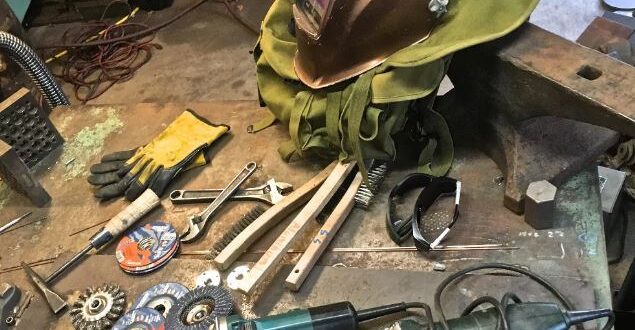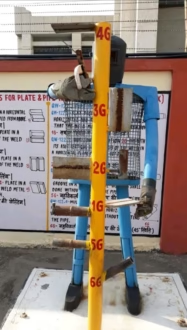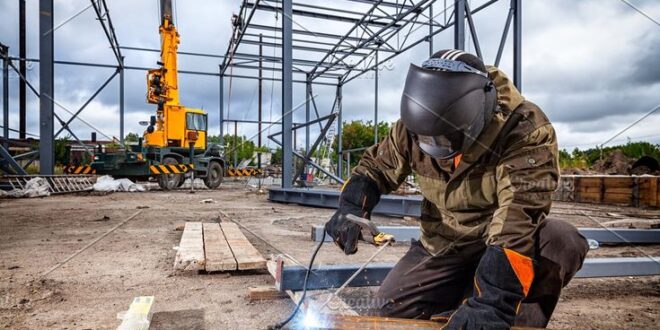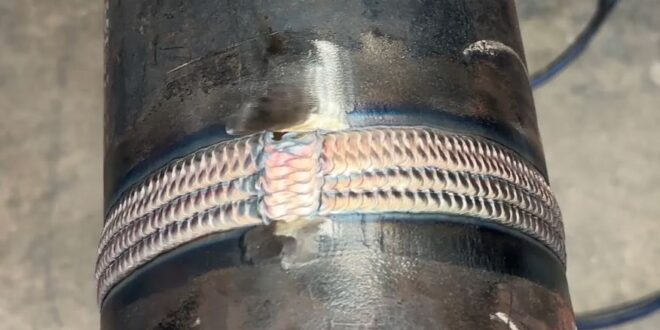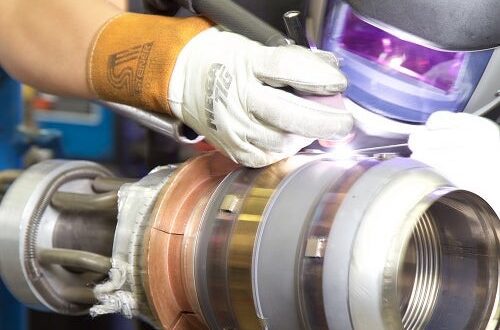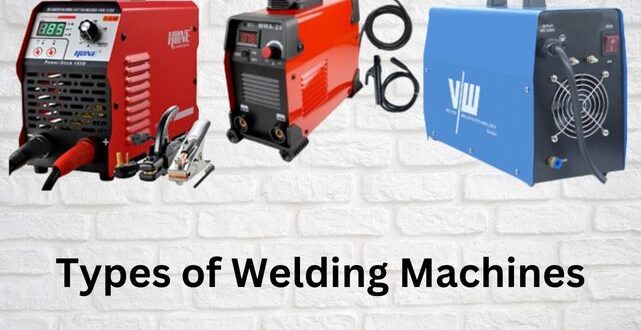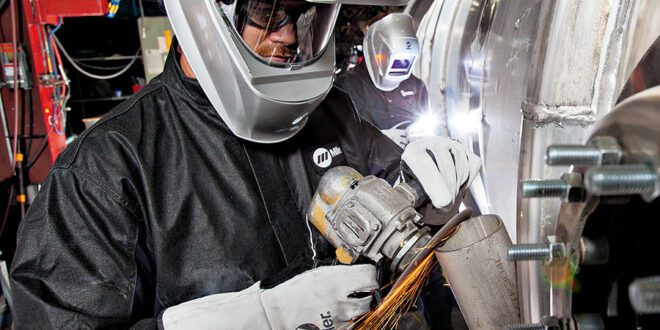Cutting and Grinding Tools for Welding Introduction Welding is a fundamental process in metal fabrication and construction, creating strong and durable connections between metal components. However, the success of welding projects heavily relies not only on skilled craftsmanship but also on the effective utilization of cutting and grinding tools. These …
Read More »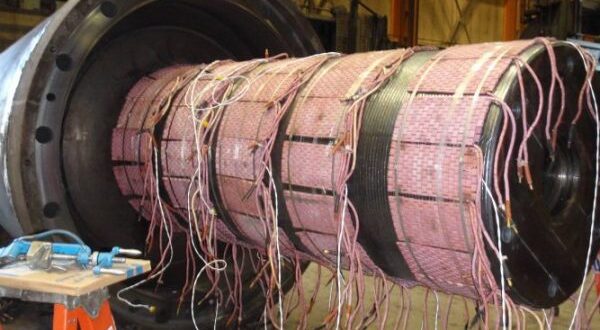
 Welding of Welders All about Welding and Welders
Welding of Welders All about Welding and Welders
